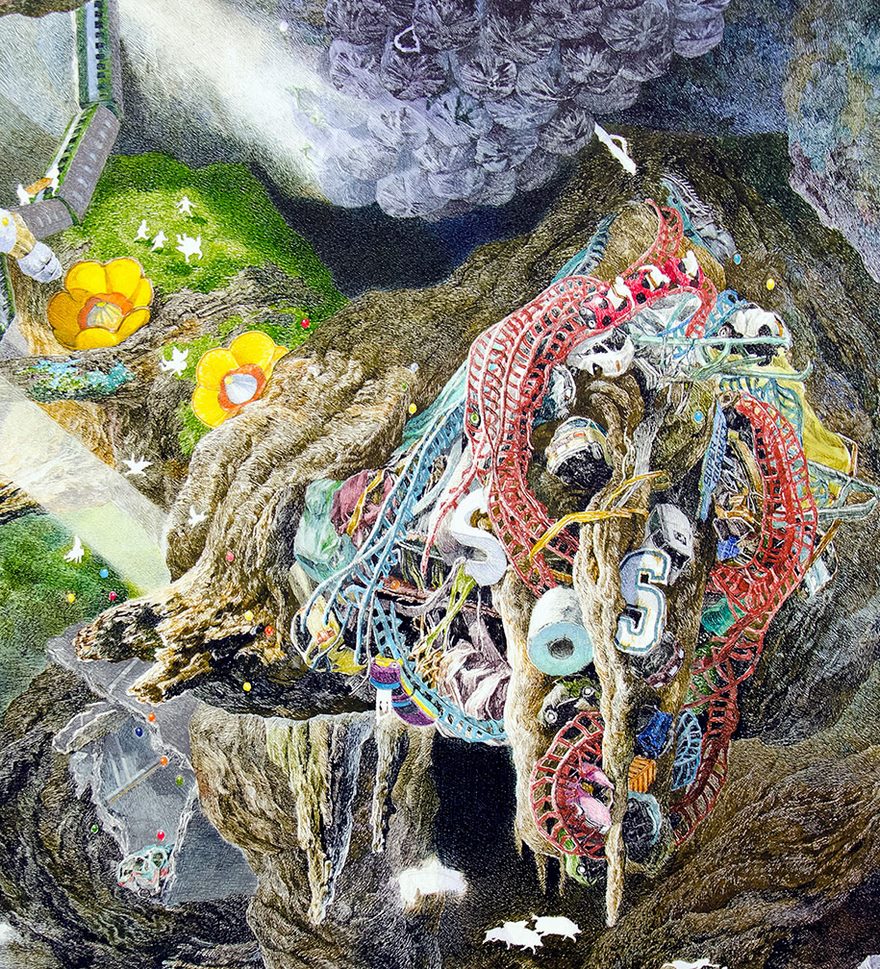
Japanese Artist Worked 10 Hours/Day For 3.5 Years To Create His Giant Pen & Ink Drawing Bored
Japanese ink art is prized as a beautiful symbol of Japanese culture. Though highly influenced by China, Japanese painters succeeded in creating highly original and distinctive styles and works.

Sumie Japanese Ink Painting I with Takumasa Ono Bagri Foundation celebrating Arts and
Specialty Japanese Art Papers; Niji Watercolor Paper Pads; Craft Tools. SUMI INK. Experience the joy of black ink painting. ORIGAMI. Explore your creativity with our beautiful papers!. As purveyors of fine art and craft materials since 1954, we have a history of bringing affordable, quality supplies from Asia to the Western world. We.
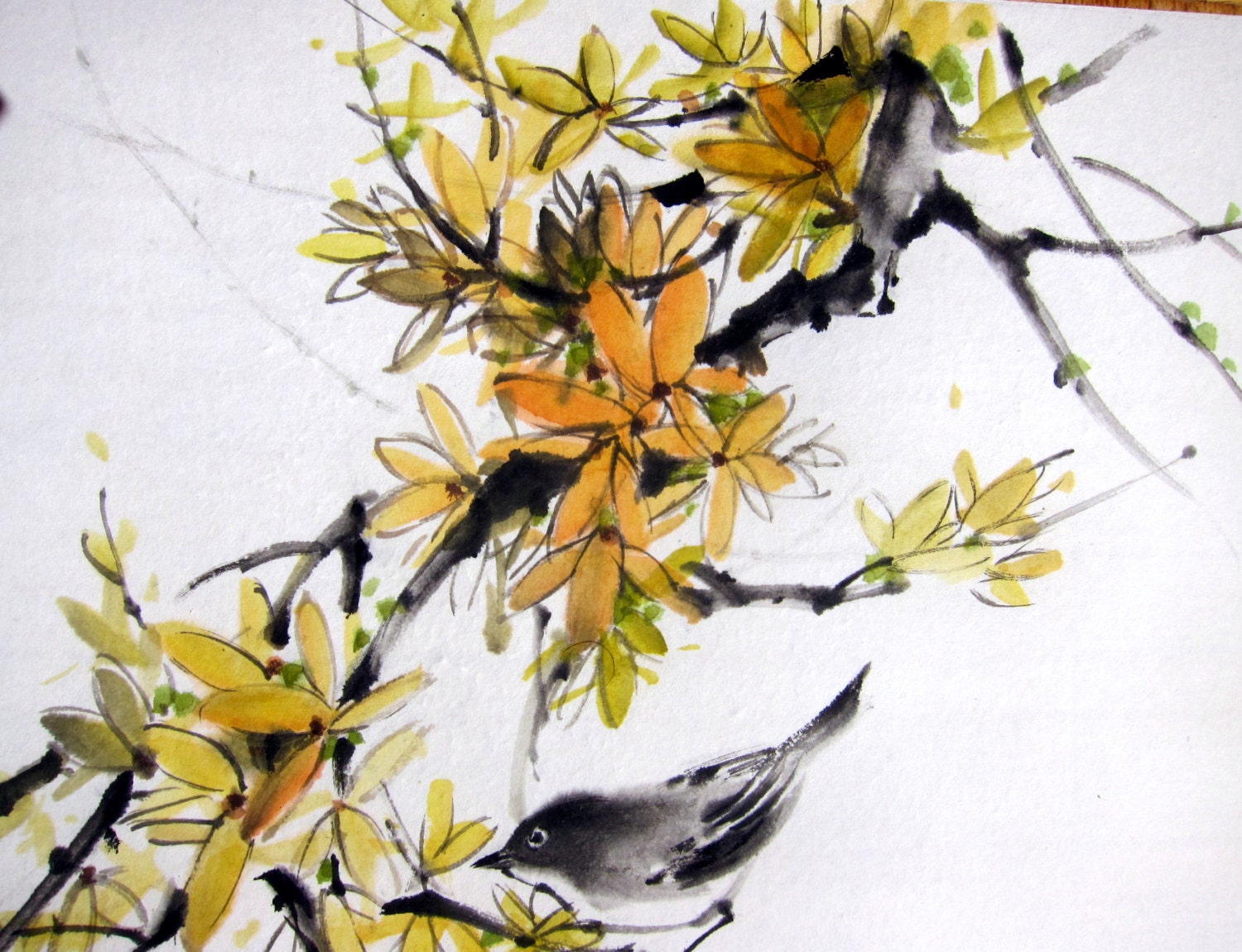
Japanese Ink Painting Asian art Ink art Sumie Suibokuga
The Significance of Ink in Japanese Sumi-e Painting. The art of Japanese Sumi-e painting is a traditional form of ink painting that has been practiced for centuries. It is a unique art form that combines the use of ink, brushwork, and Zen influence to create beautiful and expressive works of art. In this article, we will explore the.
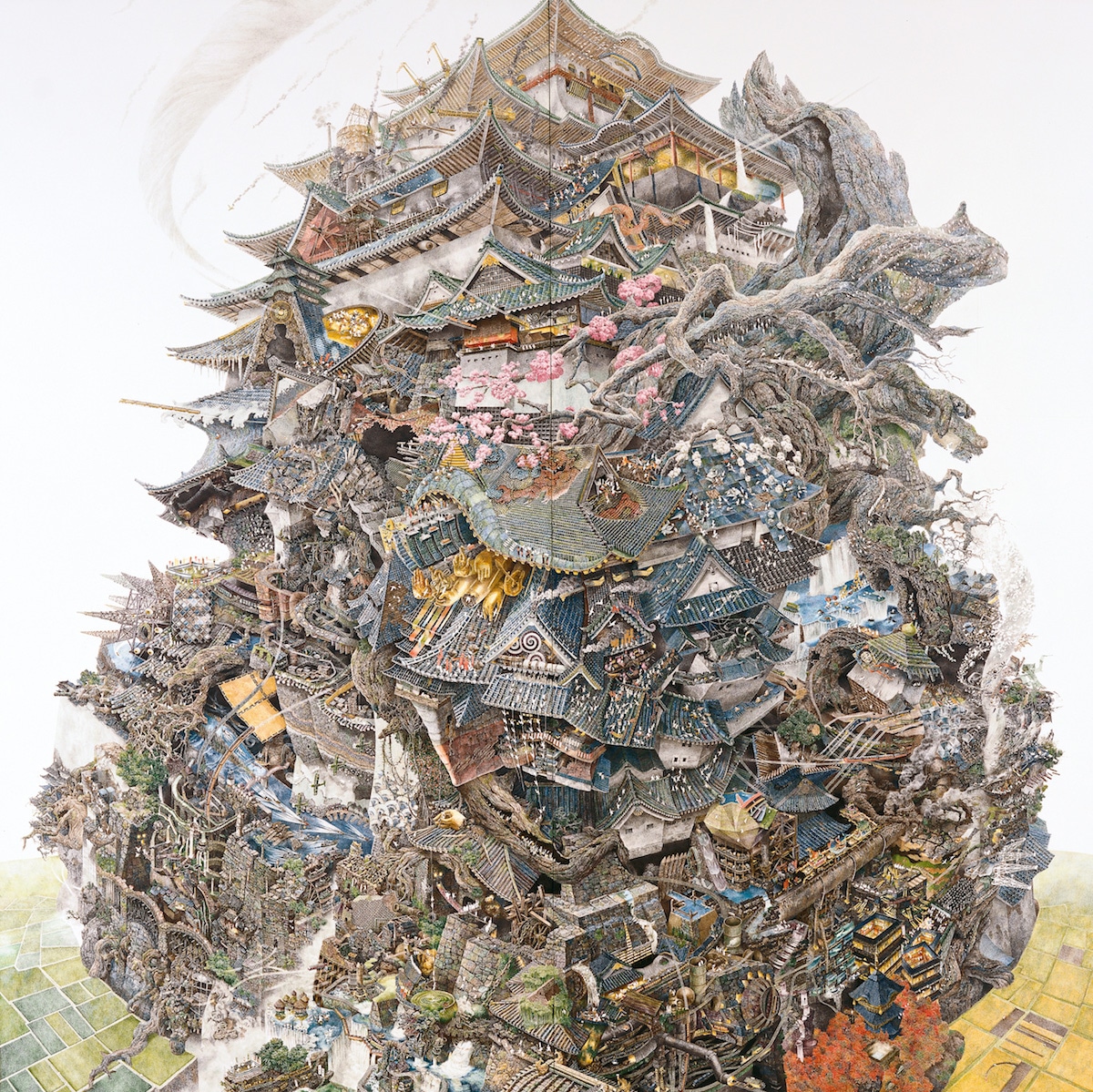
The Intricate, LargeScale Pen and Ink Drawings of Manabu Ikeda
Japanese art consists of a wide range of art styles and media that includes ancient pottery, sculpture, ink painting and calligraphy on silk and paper, ukiyo-e paintings and woodblock prints, ceramics, origami, bonsai, and more recently manga and anime.

Japanese Ink Painting 1 by CromeCre8ive on DeviantArt
Japanese art is one of the world's greatest treasures. From unique styles of ink painting and calligraphy, through innovative ceramics and magnificent woodblock prints, the contributions of Japanese artists are unmatched. In this two-part series we at Japan Objects will introduce you to some of the stories behind Japanese art and how it came to be.

Japanese Ink Painting Practice on FIT Portfolios
Ink is indispensable for those responsible for administration and culture. For this reason, ink was produced all over Japan in ancient times. Circumstances changed, however; there is a reason that Nara became famous for ink production. This is because, at the beginning of the Muromachi period, a monk at the Kōfuku-ji Temple tried making ink.

Japanese Ink Painting Suibokuga,Sumie Brush painting Pink Flowers, Rice Paper painting
Check out our japanese art ink selection for the very best in unique or custom, handmade pieces from our shops.
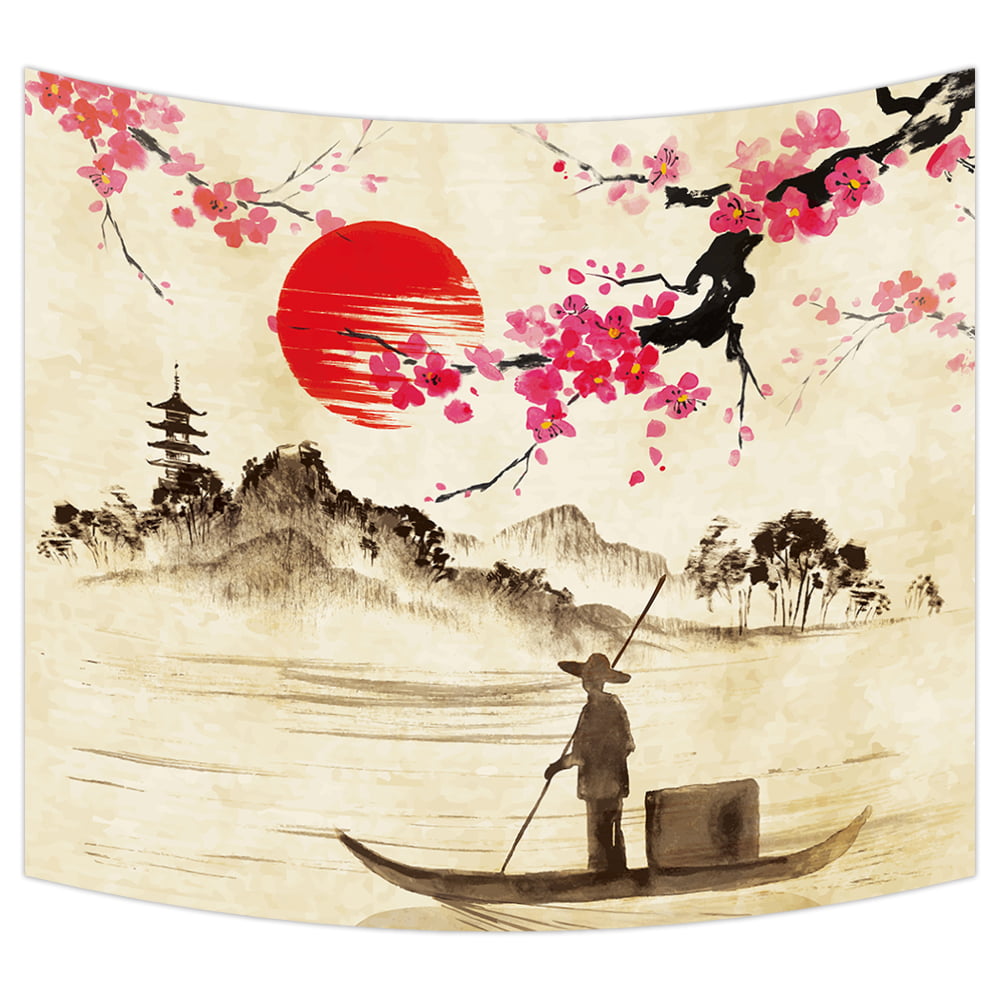
YKCG Creative Classical Japanese Ink Painting Sunset Sakura Branches Fishman Lake Landscape Wall
Drawing ensō is a disciplined-creative practice of Japanese ink painting, sumi-e. The tools and mechanics of drawing the ensō are the same as those used in traditional Japanese calligraphy: One uses an ink brush to apply ink to washi (a thin Japanese paper). The circle may be open or closed.

Japanese ink artists Ella's Place
Sumi-e: The Art of Japanese Ink Painting provides step-by-step, photo-by-photo instructions to guide learners in the correct form, motions and techniques of Japanese sumi-e painting. Featuring gorgeous images and practical advice, it includes guided instructions for 35 different paintings. From waterfalls to bamboo, learners paint their way to.

Japanese Ink Painting Rice Paper painting Sumie by Suibokuga Lotus art, Lotus flower painting
Japanese art - Muromachi, Zen, Ink Painting: Ashikaga Takauji, a warrior commissioned by the Kamakura shogun to put down an attempt at imperial restoration in Kyōto, astutely surveyed circumstances and, during the years 1333 to 1336, transformed his role from that of insurrection queller to usurper of shogunal power. The Muromachi period (1338-1573) takes its name from a district in Kyōto.

Japan Traditional Sumie Painting. Watercolor And Ink Illustration.. Stock Photo, Picture And
Sumi-e (墨絵風) also known as suiboku-ga, is Japanese monochrome ink painting or 'ink wash painting'. Sumi-e paintings in essence are beautiful forms of art, and they traditionally encompass philosophy as well. The origin of sumi-e paintings have roots in Chinese calligraphy, which can be noted by the similar brush strokes.

Japanese Ink Painting Course Ink Landscapes The East
The Origins of Japanese Art 2. Zen & The Tea Ceremony 3. The Art of the Samurai 4. Edo Beauty in Ukiyo-e Prints 5. Traditional Japanese Architecture 6. The Rise of Japanese Ceramics 7. Japanese Art: The Splendor of Meiji 8. Modern Japanese Architecture 9. The Japanese Art of Craftsmanship 10. The Future of Japanese Contemporary Art 1.

Suibokuga Japanese ink painting Sumie Floral Spring is coming
Japanese ink painting, known as Sumi-e in Japan, depicts Japanese culture and aesthetics. Sumi translates to black ink and e translates to painting. Together, it represents the.
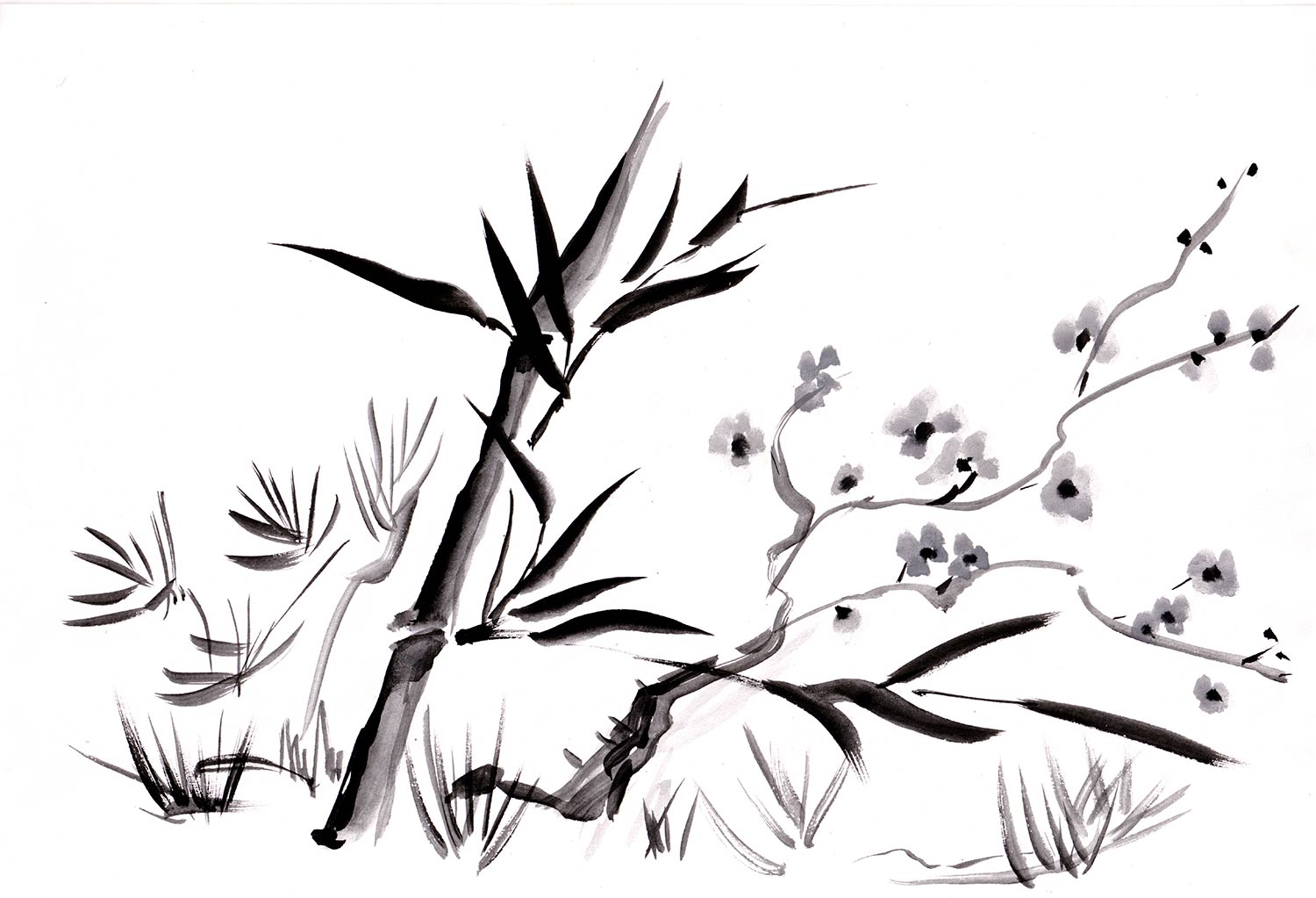
SUIBOKUGA JAPANESE ART OF INK PAINTING OYAKATA
As the capital city's premier printing establishment, it seamlessly blends tradition with cutting-edge print solutions, offering a unique synthesis of old-world charm and contemporary efficiency. Established decades ago, the tlaciaren bratislava has been a stalwart guardian of the printed word, navigating the waves of technological change.

Japanese Ink Painting, Japanese Drawings, Japanese Artwork, Japanese Tattoo Art, Japanese Art
1. Shodo (Calligraphy) Japanese calligraphy, or shodo, is a captivating and ancient art form that combines the beauty of written language with the fluidity of brush strokes. With its roots in Chinese calligraphy, shodo has evolved over the centuries into a distinctly Japanese expression of culture and aesthetics.

Japanese ink painting, Japanese painting, Japan painting
Suibokuga is a style of monochrome painting characterized by the use of just two things, black ink (sumi) and water. Deceptively simple, suibokuga artists make use of these two seemingly mundane materials to create a complex world of light, form, and even texture.